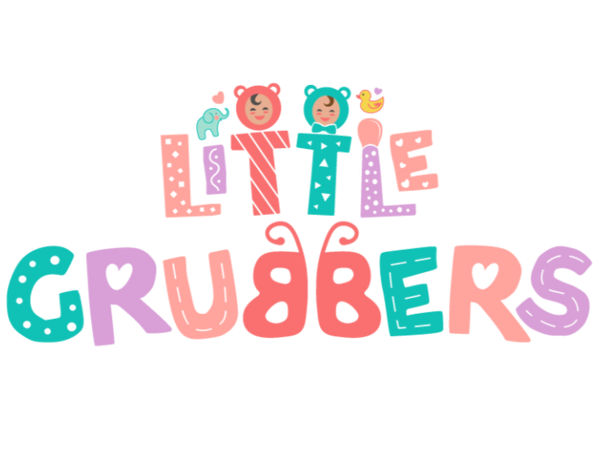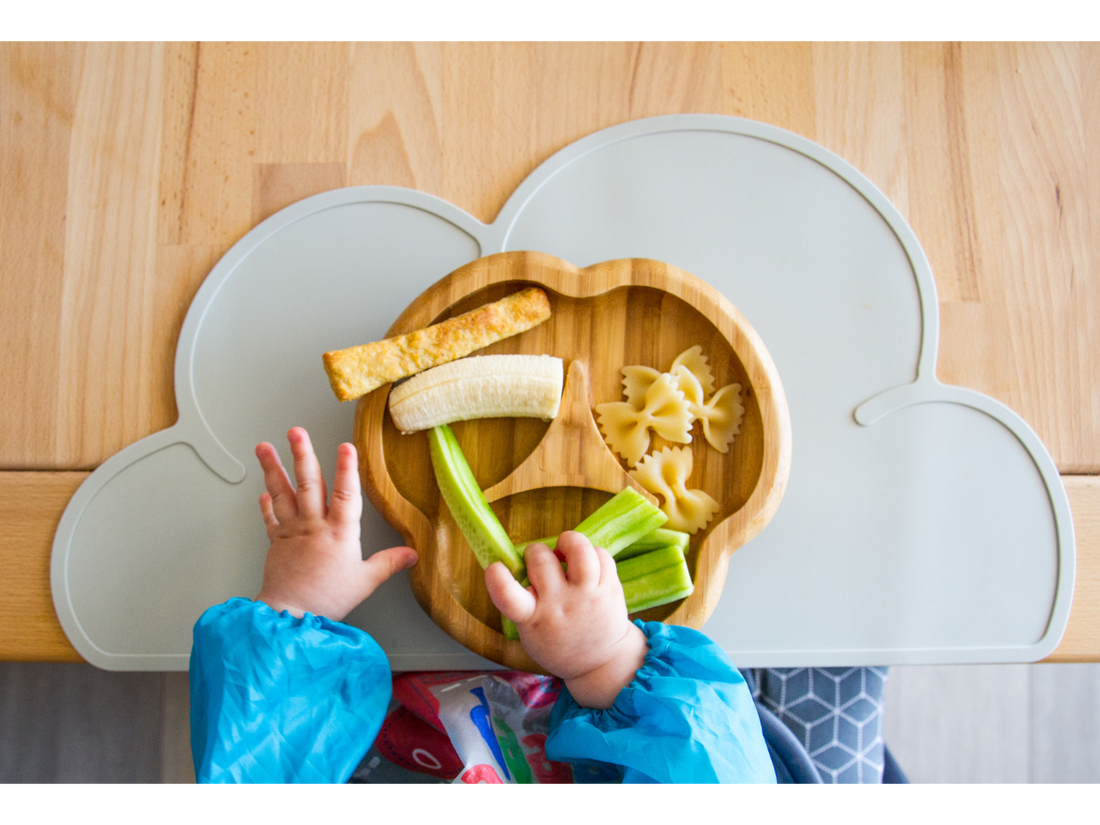What is Baby-Led Weaning?
Transitioning your baby to solid foods is a milestone filled with excitement—and questions! Baby-led weaning (BLW) is a feeding approach that allows your baby to take the lead, exploring foods at their own pace and developing self-feeding skills from the start.
This guide will help you understand baby-led weaning, its benefits, and how to get started safely. Plus, we’ll share tips to make mealtime a breeze for busy moms.
1. Why Choose Baby-Led Weaning?
Baby-led weaning is about giving your baby independence during mealtime. Instead of spoon-feeding purees, you offer soft, finger-sized foods that your baby can grasp and eat independently.
Key Benefits of Baby-Led Weaning
- Promotes Fine Motor Skills: Grasping food helps improve hand-eye coordination.
- Encourages Healthy Eating Habits: Babies learn to listen to their hunger cues.
- Reduces Mealtime Stress: No need to prepare separate purees—just serve what you’re eating (baby-safe, of course!).
Pro Tip: Always supervise your baby during meals to ensure their safety.
Internal Link Opportunity: Link to “Making Mealtime Fun: Tips for Independent Eaters” for ideas to encourage self-feeding.

2. When to Start Baby-Led Weaning
Most babies are ready for baby-led weaning around 6 months old. Look for these readiness signs:
- They can sit upright without support.
- They’ve lost the tongue-thrust reflex (pushing food out of their mouth).
- They show interest in what you’re eating.

3. How to Get Started with Baby-Led Weaning
Starting baby-led weaning is simple with the right approach.
Step 1: Choose the Right Foods
Begin with soft, easy-to-grasp foods like:
- Steamed carrot sticks
- Banana slices
- Cooked sweet potato wedges
Avoid foods that are hard, sticky, or round (like whole grapes or nuts) to prevent choking.
Step 2: Prepare Your Space
Baby-led weaning can get messy! Use a bib, a highchair with a large tray, and a mat under the chair to catch food.
Step 3: Stay Patient
It’s normal for babies to play with their food more than they eat it initially. Remember, it’s about exploration and skill-building.
Internal Link Opportunity: Link to “Holiday Feeding Tips for Babies” for advice on managing BLW during festive meals.
4. Common Concerns About Baby-Led Weaning
Will My Baby Choke?
Choking is a common concern, but offering soft, age-appropriate foods and supervising your baby minimizes the risk. Familiarize yourself with the difference between gagging (normal during BLW) and choking.
Is My Baby Eating Enough?
In the early stages, babies may not eat much—it’s more about learning and exploring. Ensure they’re still getting the majority of their nutrition from breastmilk or formula.

5. First Foods to Try for Baby-Led Weaning
Fruits
- Banana slices
- Ripe pear wedges
- Avocado chunks
Vegetables
- Steamed broccoli florets
- Roasted sweet potato strips
- Zucchini sticks
Proteins
- Shredded chicken
- Flaked salmon
- Scrambled eggs
Pro Tip: Use the 3-in-1 Baby Spoon™ to introduce yogurt or mashed foods alongside finger foods.
6. Tips for Success with Baby-Led Weaning
- Stay Calm About Messes: Messy meals are part of the learning process.
- Model Healthy Eating: Babies learn by watching you eat.
- Keep Mealtime Relaxed: Avoid pressuring your baby to eat—they’ll eat when they’re ready.
- Invest in the Right Tools: The 3-in-1 Baby Spoon™ is perfect for transitioning between purees and self-feeding.
Simplify Mealtime with the 3-in-1 Baby Spoon™
Ready to make baby-led weaning a success? Little Grubbers’ 3-in-1 Baby Spoon™ is designed to support your baby’s feeding journey—from scooping to self-feeding.
Discover how the 3-in-1 Baby Spoon™ can make mealtime easier for you and your baby. Check it out today!

